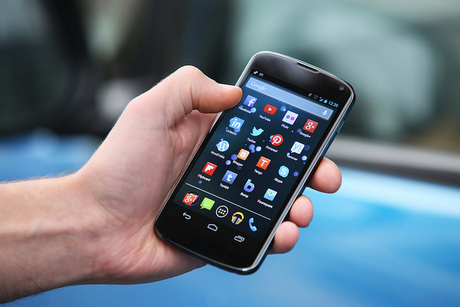Mobile payments data breaches to grow, say experts

A survey of more than 900 cybersecurity experts shows that an overwhelming majority (87%) expect to see an increase in mobile payment data breaches over the next 12 months, yet 42% of respondents have used this payment method in 2015.
The 2015 Mobile Payment Security Study from global cybersecurity association ISACA suggests that people who use mobile payments are unlikely to be deterred by security concerns.
Other data from the survey show that cybersecurity professionals are willing to balance benefits with perceived security risks of mobile payments:
- Only 23% believe that mobile payments are secure in keeping personal information safe.
- Nearly half (47%) say mobile payments are not secure and 30% are unsure.
- At 89%, cash was deemed the most secure payment method, but only 9% prefer to use it.
“Mobile payments represent the latest frontier for the ongoing choice we all make to balance security and privacy risk and convenience,” said John Pironti, risk advisor with ISACA and president of IP Architects.
“ISACA members, who are some of the most cyber-aware professionals in the world, are using mobile payments while simultaneously identifying and contemplating their potential security risks.
“This shows that fear of identity theft or a data breach is not slowing down adoption — and it shouldn’t — as long as risk is properly managed and effective and appropriate security features are in place.”
Reports say that contactless in-store payment will continue to grow.
Overall, the global mobile payment transaction market, including solutions offered by Apple Pay, Google Wallet, PayPal and Venmo, will be worth an estimated US$2.8 trillion by 2020, according to Future Market Insights.
ISACA survey respondents ranked the major vulnerabilities associated with mobile payments:
- Use of public Wi-Fi (26%).
- Lost or stolen devices (21%).
- Phishing/shmishing (phishing attacks via text messages) (18%).
- Weak passwords (13%).
- User error (7%).
- There are no security vulnerabilities (0.3%).
According to those surveyed, currently the most effective way to make mobile payments more secure is using two ways to authenticate their identity (66%), followed by requiring a short-term authentication code (18%).
Far less popular was an option that puts the onus on the consumer — installing phone-based security apps (9%).
“People using mobile payments need to educate themselves so they are making informed choices. You need to know your options, choose an acceptable level of risk and put a value on your personal information,” said Christos Dimitriadis, PhD, CISA, CISM, CRISC, international president of ISACA and group director of information security for INTRALOT.
“The best tactic is awareness. Embrace and educate about new services and technologies.”
Accelerating the adoption of passkeys without compromising user experience
We need authentication methods that remove the human element from the equation, and that's...
Modern CISOs must throw out the traditional cybersecurity playbook
The primary imperative for today's CISOs should be to align the security agenda with business...
AI agents: securing the 'artificial workforce'
Just as they would with new employees, security teams will need to define access policies for...




